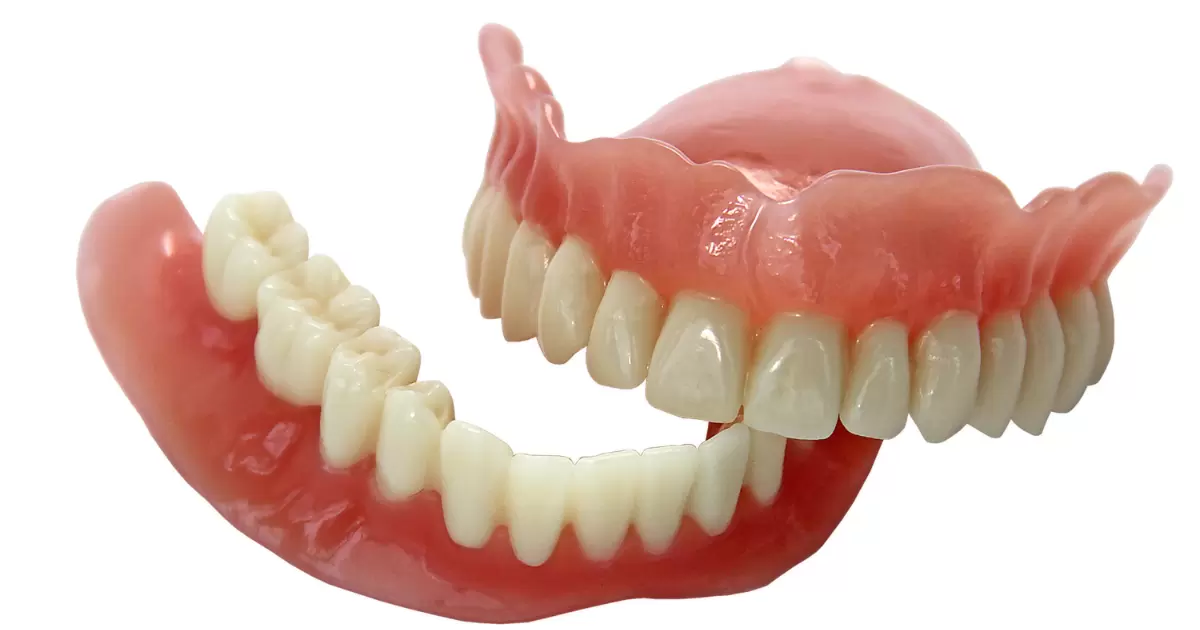A partial denture is a removable dental appliance used to replace missing teeth when some natural teeth remain in the upper or lower jaw. The need for a partial denture arises when a person has lost several teeth but still retains some healthy ones. This prosthetic device helps restore aesthetics, chewing function, and overall oral well-being by filling the gaps left by missing teeth.
Ever wondered, How many teeth do you need for a partial denture?’ Your smile is your signature, and the answer might surprise you. You’re exploring dental options or simply curious about maintaining a confident grin, understanding the magic number of teeth for a partial denture is key. Join us on a journey to unlock the secrets of a radiant smile because every tooth counts
The number of teeth required for a partial denture varies, but it typically involves replacing one or more missing teeth. A partial denture is a removable dental appliance that fills gaps and restores function, allowing individuals to enjoy a natural-looking smile. Dentists tailor these prosthetics to suit each patient’s specific needs, ensuring comfort and improved oral health.
Type Of Partial Dentures
- Removable Partial Dentures
- Fixed Partial Dentures
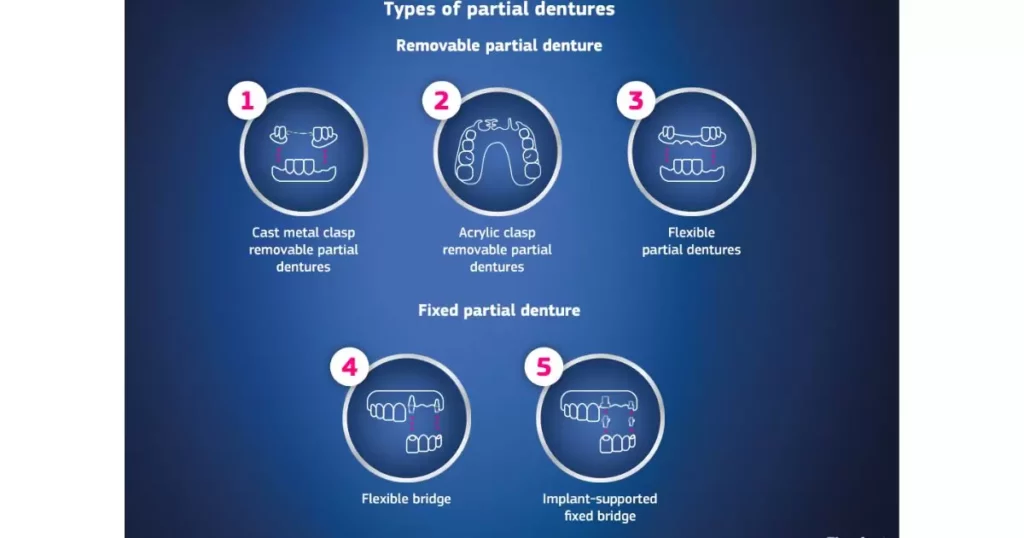
Removable Partial Dentures
Removable partial dentures are custom-made dental appliances designed to replace missing teeth. They can be easily taken out and put back in by the wearer, providing a functional and aesthetic solution for restoring a natural smile. These dentures are supported by remaining natural teeth and gums, offering a removable yet stable option for improved oral health.
Fixed Partial Dentures
Fixed Partial Dentures, commonly known as dental bridges, are prosthetic devices used to replace missing teeth. They consist of artificial teeth anchored to adjacent natural teeth or dental implants, providing a stable and permanent solution for restoring a patient’s smile and improving oral function.
The Function of Teeth in the Mouth
Teeth play a crucial role in the mouth by aiding in the digestion process. They help break down food into smaller pieces, making it easier for the stomach to digest. Additionally, teeth contribute to clear speech and provide support for facial muscles. Dentures serve as a replacement for missing teeth, restoring these essential functions and enhancing overall oral health.
Factors Influencing the Need for Partial Dentures
- Tooth Replacement: Partial dentures offer a solution for individuals with missing teeth, restoring their ability to chew and speak effectively.
- Improved Aesthetics: The use of partial dentures enhances the appearance of the smile, boosting confidence and self-esteem for those with gaps in their teeth.
- Preserving Oral Health: By filling in gaps caused by missing teeth, partial dentures help maintain the alignment of surrounding teeth and prevent issues such as shifting and misalignment.
- Enhanced Speech: Missing teeth can affect speech patterns, but partial dentures aid in articulation, improving communication and overall oral function.
- Facial Support: Partial dentures provide support for facial muscles, preventing sagging and maintaining the natural structure of the face for a more youthful appearance.
Determining the Number of Teeth Needed
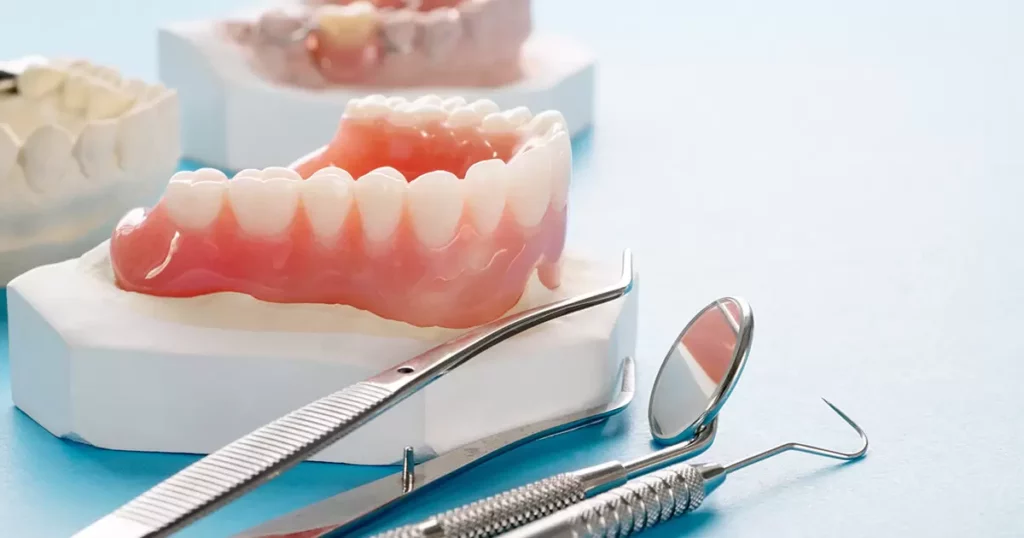
Determining the number of teeth needed for dentures involves a careful assessment by dental professionals. They consider factors such as the patient’s oral health, the extent of tooth loss, and the individual’s aesthetic preferences.
The goal of crafting partial dentures for front teeth is to ensure that the dentures not only restore functionality for effective chewing and speech but also provide a natural and harmonious appearance. During the evaluation process, dentists take into account the remaining natural teeth and their condition, as well as any potential future tooth loss. The meticulous consideration of these factors allows for the creation of partial dentures that seamlessly integrate with the existing dental structure, offering both aesthetic appeal and functional support.
This comprehensive approach allows for the creation of dentures that not only replace missing teeth but also support overall oral health. By tailoring the number of teeth in dentures to the specific needs of each patient, dental professionals can provide a customized solution that promotes comfort, functionality, and a confident smile.
Partial Dentures vs. Full Dentures
Certainly! Below is a simple table outlining the key differences between Partial Dentures and Full Dentures
| Feature | Partial Dentures | Full Dentures |
| Purpose | Replace a few missing teeth in an arch | Replace all missing teeth in the upper or lower jaw |
| Attachment | Clasps onto existing natural teeth | Rests on the gums and may use adhesives |
| Stability | Depends on remaining natural teeth for support | Relies on the underlying gum and jawbone structure |
| Treatment Time | Typically faster, as fewer teeth are involved | May require more time, especially for extractions |
| Cost | Generally lower cost compared to full dentures | Higher cost due to the complexity of the prosthetic |
| Maintenance | Easier to clean and maintain | Requires careful cleaning of the entire appliance |
| Aesthetics | Blends with natural teeth for a seamless look | Aims to recreate a natural-looking full smile |
Benefits of Partial Dentures
- Improved Chewing Ability: Partial dentures enhance your ability to chew and eat a variety of foods, ensuring proper nutrition and overall health.
- Enhanced Speech: Missing teeth can affect speech clarity, but partial dentures help restore proper pronunciation and communication.
- Maintained Facial Structure: Partial dentures provide support to facial muscles, preventing the sagging or sunken appearance that may occur with missing teeth.
- Boosted Confidence: Having a complete smile with partial dentures can boost self-esteem and confidence, allowing individuals to smile and interact more comfortably.
- Prevention of Shifting Teeth: By filling gaps left by missing teeth, partial dentures help prevent neighboring teeth from shifting, maintaining proper dental alignment.
Types of Partial Denture Materials
Partial dentures come in various materials, each offering distinct advantages. One common option is acrylic, which is lightweight and comfortable. Acrylic partial dentures are often more affordable and can be easily adjusted. Another popular material is cast metal, typically made of a durable alloy like cobalt-chromium. Cast metal partial dentures are known for their strength and longevity, providing a sturdy and reliable solution for replacing missing teeth.
Flexible partial dentures are crafted from a thermoplastic material, making them more adaptable to the natural movement of the mouth. This type offers a comfortable fit and is less noticeable due to its flexibility. The choice of material depends on factors such as budget, durability, and personal comfort, allowing individuals to find the partial denture that best suits their needs and preferences.
Designing and Customizing Partial Dentures
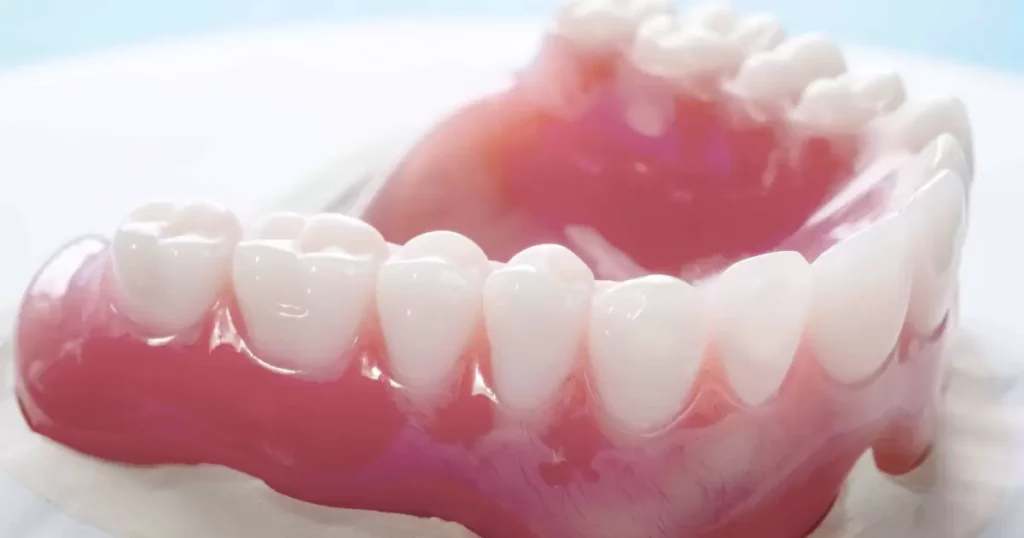
Designing and customizing partial dentures is a meticulous process that involves tailoring the dental appliance to fit the unique needs of each individual. Dentists consider factors such as the patient’s oral anatomy, bite alignment, and aesthetic preferences.
The first step involves taking precise impressions of the patient’s mouth, capturing the contours and dimensions necessary for a snug and comfortable fit. Once the impressions are obtained, dental technicians work closely with the dentist to craft a personalized design. This includes selecting materials that mimic the appearance and strength of natural teeth.
The color, shape, and size of the artificial teeth are carefully chosen to match the patient’s existing dentition, ensuring a seamless and natural-looking smile. The result is a customized set of partial dentures that not only restore functionality but also contribute to the overall aesthetics of the patient’s oral appearance, promoting comfort and confidence in daily life.
Can I get a partial denture for one back tooth?
Here’s a simple table format to address the question “Can I get a partial denture for one back tooth?”:
| Question | Answer |
|---|---|
| Can I get a partial denture? | Yes, you can get a partial denture for one back tooth. |
| Is it common to have a partial denture for a single tooth? | While partial dentures are more commonly used for multiple missing teeth, they can be designed for a single missing back tooth as well. |
| What are the benefits of a partial denture? | Partial dentures help restore functionality for chewing and improve the appearance of your smile. They also prevent adjacent teeth from shifting. |
| Are there alternative options? | Yes, alternatives include dental bridges or implants. Consult with your dentist to determine the best option for your specific case. |
| How is a partial denture made? | A partial denture is custom-made by taking impressions of your mouth. It consists of a prosthetic tooth or teeth attached to a gum-colored base, often supported by a metal framework. |
| Is the process painful? | The process is generally not painful as your dentist will use local anesthesia when taking impressions and fitting the partial denture. Some discomfort may be experienced initially as you get used to wearing it. |
| How do I care for a partial denture? | Clean your partial denture regularly, remove it at night, and follow your dentist’s care instructions. Regular dental check-ups are essential for proper maintenance. |
Please note that this information is a general guide, and it’s always recommended to consult with your dentist for personalized advice based on your dental health.
Average Number of Teeth for Partial Dentures
The average number of teeth for partial dentures varies depending on individual cases. Typically, partial dentures are designed to replace a small to moderate number of missing teeth, ranging from one tooth to several. Dentists assess each patient’s specific needs, considering factors such as the location and distribution of missing teeth, overall oral health, and aesthetic preferences.
Partial dentures are custom-made to blend seamlessly with the natural teeth, providing a functional and aesthetically pleasing solution for those with gaps in their smiles. The goal is to restore oral functionality, improve chewing ability, and enhance the overall appearance of the smile, ensuring that patients can confidently enjoy the benefits of partial dentures tailored to their unique dental requirements.
Initial Consultation with a Dentist
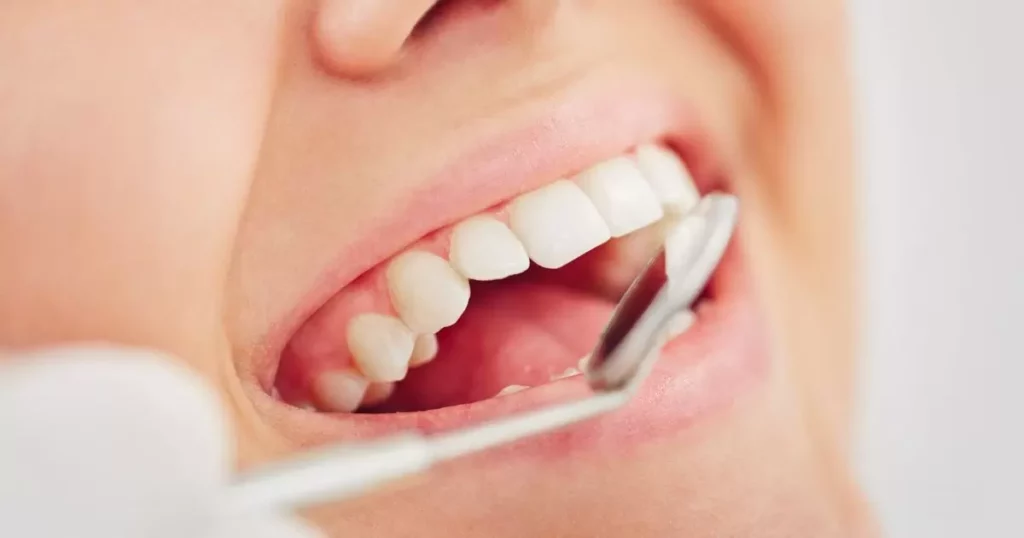
Scheduling an initial consultation with a dentist for dentures is the first step towards regaining a healthy and functional smile. During this appointment, the dentist will conduct a thorough examination of your oral health, assessing the condition of existing teeth and the overall state of your gums. They will discuss your specific dental concerns, address any questions you may have, and explore suitable denture options tailored to your needs.
The initial consultation is also an opportunity for the dentist to explain the denture process, including impressions, fittings, and the expected timeline for the treatment. Patients can openly discuss their preferences, whether it be the type of denture or concerns about the procedure. This collaborative approach ensures that both the dentist and the patient are on the same page, fostering a comfortable and informed journey towards restoring a confident and functional smile.
Preparing for Partial Denture Placement
When preparing for partial denture placement, the first step involves a comprehensive dental examination. Your dentist will assess the condition of your remaining natural teeth, gums, and overall oral health.
X-rays may be taken to provide a detailed view of your jawbone and help determine the most suitable type of partial denture for your needs.Following the examination, any necessary dental work, such as tooth extractions or gum treatments, will be addressed to create a stable foundation for the partial denture.
Impressions of your mouth will then be taken to ensure the denture fits securely and comfortably. Throughout this process, your dentist will work closely with you to discuss your preferences and answer any questions, ensuring that you feel informed and confident as you prepare for the placement of your partial denture.
Adjustments and Adaptation Period
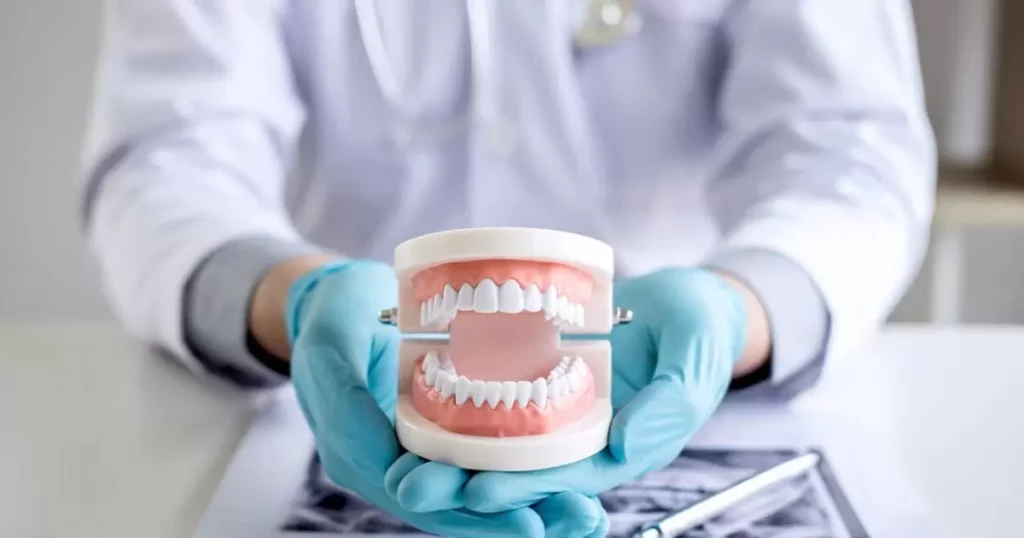
Getting accustomed to dentures involves both physical adjustments and a psychological adaptation period. Initially, wearers may experience mild discomfort or pressure as their mouth adapts to the new appliance. Dentists often recommend gradual wear, allowing the oral tissues to acclimate.
Beyond the physical adjustments, there’s a psychological aspect to consider. Adapting to dentures may involve overcoming self-consciousness or concerns about appearance. With time and proper care, individuals typically find that the discomfort diminishes, and they become more confident in their ability to eat, speak, and smile comfortably with their dentures.
Regular dental check-ups and open communication with the dentist can facilitate a smoother transition, addressing any concerns or necessary adjustments for an improved denture-wearing experience.
Maintaining and Caring for Partial Dentures
To maintain and care for partial dentures, it’s essential to clean them daily using a soft-bristle brush and mild soap or denture cleaner. Rinse them thoroughly to remove any residue. When not in use, store the dentures in water to prevent them from drying out and losing their shape. Regular check-ups with a dentist ensure proper fit and adjustments for optimal comfort and functionality.
Potential Complications and Solutions
Wearing dentures can sometimes present potential complications for individuals. One common issue is discomfort or soreness, particularly during the initial adjustment period. This discomfort may occur as the mouth gets accustomed to the new dental appliance.
This challenge can often be mitigated by following the dentist’s instructions, practicing good oral hygiene, and using any recommended denture adhesives. Another potential complication is the gradual change in the fit of dentures over time due to natural changes in the jawbone and surrounding tissues.
This can lead to looseness or discomfort. Regular dental check-ups and adjustments by a dentist can help address this issue, ensuring that the dentures remain properly fitted for optimal function and comfort. It’s important for individuals with dentures to communicate openly with their dentist about any concerns or discomfort they may experience to find effective solutions and maintain good oral health.
Cost Considerations and Insurance Coverage

Considering the cost of dentures is essential for those seeking dental solutions. The overall expense may vary based on factors such as the type of dentures and the materials used.
Many dental insurance plans offer coverage for dentures, but it’s important to check the specifics of each plan to understand the extent of coverage and any out-of-pocket expenses. Exploring cost considerations and insurance coverage beforehand helps individuals make informed decisions about their dental care options.
Patient Testimonials and Success Stories
Patient testimonials and success stories about dentures provide valuable insights into the positive impact of these dental solutions. Individuals often share their experiences, expressing improved confidence, comfort, and restored oral function after receiving dentures. Partial dentures for back teeth on one side are particularly noteworthy in these accounts, as they play a crucial role in enhancing chewing efficiency and maintaining overall oral health.
Patients frequently highlight the seamless integration of these partial dentures, emphasizing the comfort and natural feel they provide. These testimonials serve as a testament to the effectiveness and satisfaction that patients experience with partial dentures, specifically tailored for addressing the needs of back teeth on one side.
These firsthand accounts serve as a source of encouragement for others considering similar treatments, highlighting the transformative effects of dentures on both aesthetics and overall well-being.
Future Developments in Partial Denture Technology
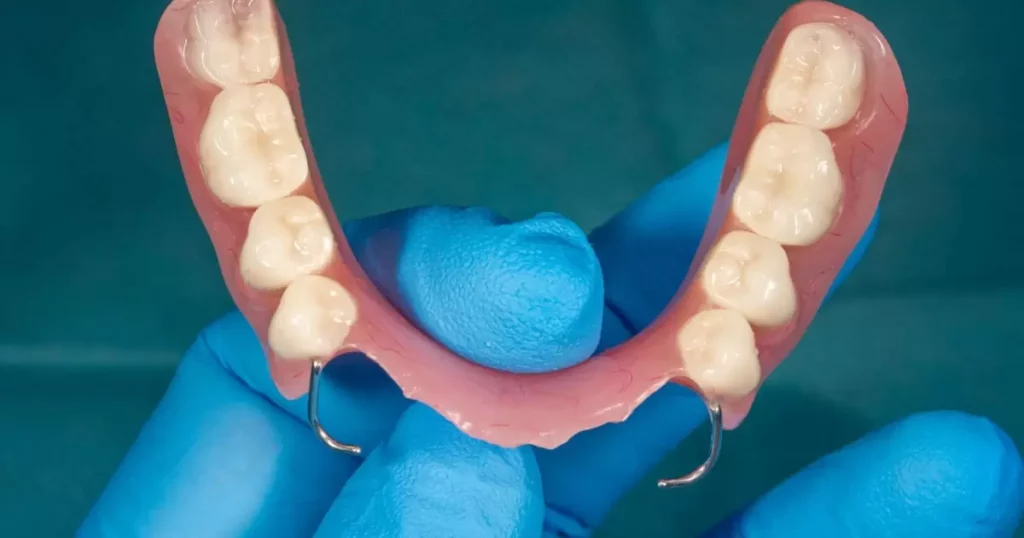
Future developments in partial denture technology hold promising advancements aimed at improving comfort and functionality. Innovations may include materials that mimic natural teeth more closely, enhancing aesthetics and durability.
Advancements in digital dentistry are likely to streamline the design and fitting process, ensuring a more precise and comfortable fit for users. Additionally, ongoing research may lead to the integration of smart technologies, such as sensors, to monitor oral health and provide personalized care for individuals with partial dentures.
Can you get partial dentures with no back teeth
Partial dentures can indeed be designed without back teeth, addressing specific dental needs and preferences. Whether due to partial tooth loss or extraction, the absence of back teeth can be accommodated in the creation of partial dentures.
Dentists work closely with individuals to ensure that partial dentures bottom front teeth not only restore functionality but also maintain a natural appearance, even in the absence of back teeth. This customized approach allows for comfortable and tailored solutions that cater to the unique circumstances of each patient.
While the absence of back teeth in partial dentures is possible, it’s crucial to consult with a dentist for a comprehensive examination. The dentist will assess the oral condition, discuss individual preferences, and determine the most suitable design to ensure optimal comfort, function, and aesthetics in the absence of back teeth.
Pictures of partial dentures front teeth can be helpful during this consultation, allowing both the dentist and the patient to visualize potential options and make informed decisions about the front teeth’s appearance and functionality.
Pictures of partial dentures for lower back teeth
When considering partial dentures for lower back teeth, visual references become crucial for understanding the potential impact on your smile and oral function. Detailed pictures of these dentures showcase the custom-fit design, ensuring they seamlessly blend with existing teeth.
These images provide a visual guide, helping individuals make informed decisions about their dental care and offering reassurance about the aesthetic and functional benefits of partial dentures tailored for lower back teeth.
Frequently Asked Question
Can a partial denture replace just one missing tooth?
Yes, partial dentures are designed to replace single missing teeth or multiple teeth in specific areas of the mouth, offering flexibility to address individual dental needs.
Are partial dentures suitable for people with several missing teeth?
Absolutely. Partial dentures are an effective solution for individuals with multiple missing teeth, offering a comfortable and functional replacement to restore a natural-looking smile.
How is the number of teeth for a partial denture determined?
The number of teeth needed is determined by a dentist after a thorough examination. The dentist considers factors such as the location of missing teeth and the overall health of the remaining teeth and gums.
Can additional teeth be added to a partial denture later?
Yes, partial dentures are often designed with the flexibility to accommodate future tooth loss. Dentists can modify existing partial dentures by adding replacement teeth as needed to maintain functionality and aesthetics.
Conclusion
The question of “How many teeth do you need for a partial denture?” underscores the adaptability of this dental solution to diverse situations. The beauty of partial dentures lies in their versatility they can effectively replace one missing tooth or address the challenges posed by several missing teeth. Dentistry recognizes the importance of tailoring solutions to individual needs, and the flexibility of partial dentures reflects this commitment.
By working closely with a dentist, individuals can determine the ideal number of teeth required for their partial denture, ensuring a personalized and comfortable restoration that restores not only the physical aspects of a smile but also the confidence that comes with it.
As advancements continue to shape dental technology, the question becomes not just about the number of teeth but also about the evolving possibilities for customization. Future developments in partial denture technology may offer even greater precision in addressing unique dental situations, making these prosthetics an increasingly refined and patient-centered solution.

